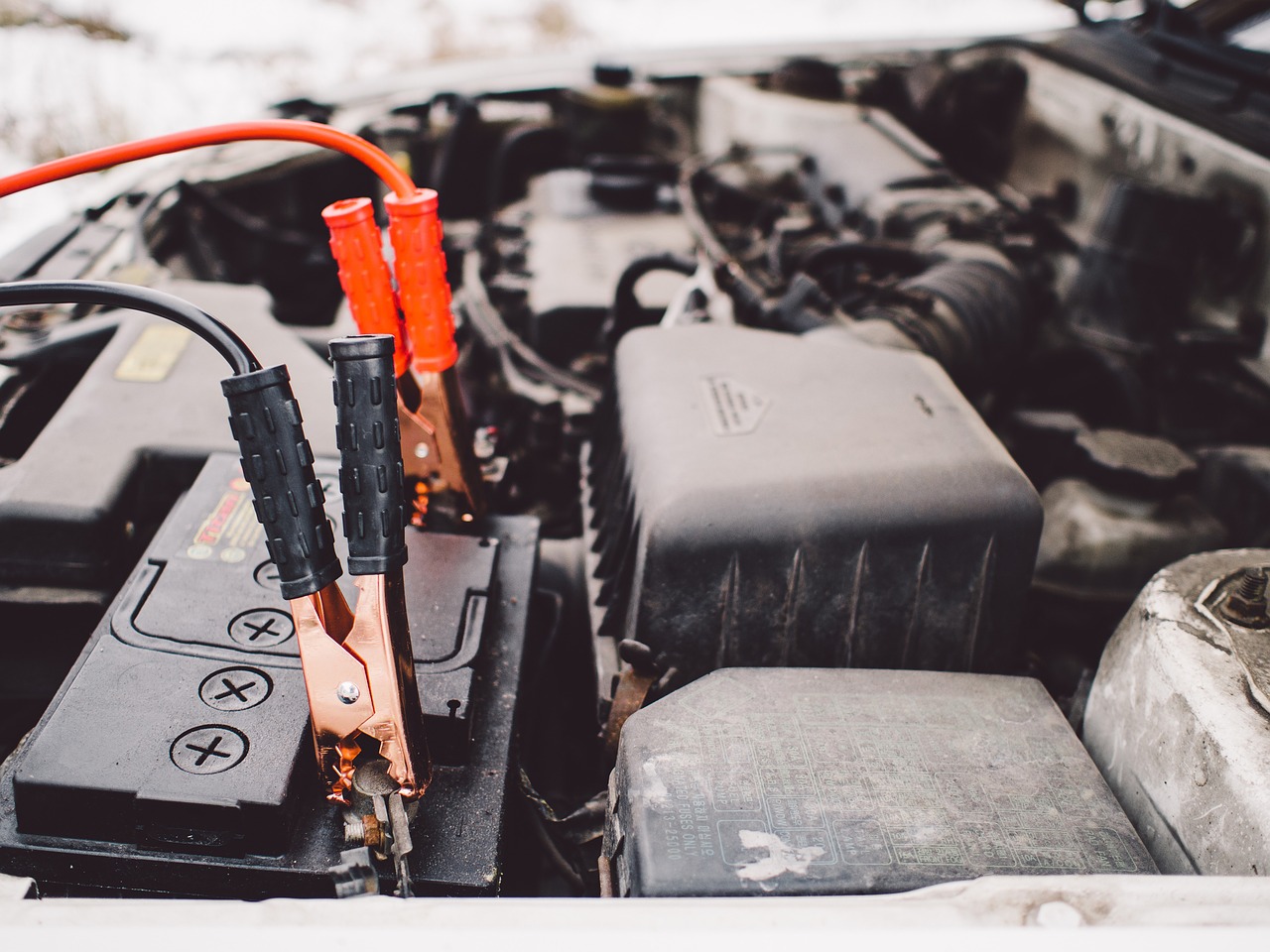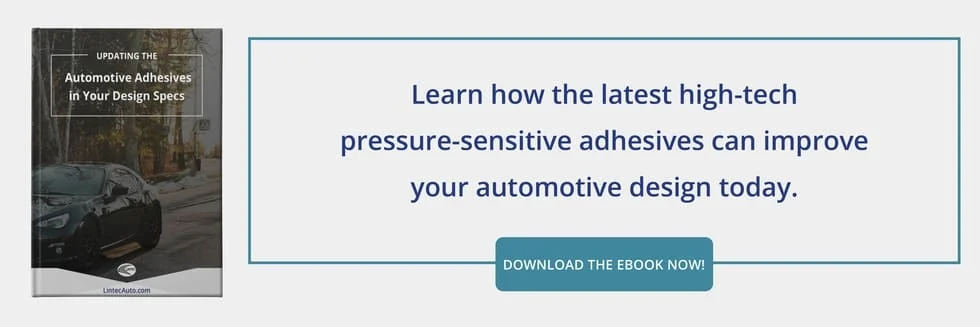How High-Performance Auto Labels Cope with Challenging Surfaces

Auto labels are often tasked with bonding to extremely challenging surfaces. Consider the engine compartment, which is prone to extreme temperatures, heavy vibrations, and exposure to all sorts of contaminants that could weaken adhesion. Worse, modern vehicles are full of low-surface energy plastic parts and powder coatings that resist traditional bonding agents. Auto labels need to solve all of these design problems.
It takes specialized adhesives and label backing materials to cope with these challenges. No one adhesive can do it all. Is the central risk due to UV exposure on the roof? Out-gassing from a thermoplastic bumper? Oily surfaces under the hood? The solution must cater to the problem.
Here are a few of the ways high-performance auto labels get the job done, no matter the challenge:
Extreme Curvature
The thinner the auto label backing, the better it will tolerate curvature around a substrate without pulling away from the surface. Surface followability in automotive adhesives is a primary concern of auto label makers, especially since few parts in a car are truly flat. Heat bonding that shrinks the label film perfectly to the shape of a surface is another option, although less common than it would be on body wrapping films.
Low Surface Energy (LSE) Substrates
Polyethylene, PVC, and many other plastic and composite materials used in todays vehicles have low surface energy. Powder coatings on plastics and metals also drastically reduce the surface energy of the material. This prevents adhesives from wetting out across the substrate and forming a solid bond.
Auto labels can cope with these surfaces using aggressive, tackified adhesives that are softer and able to spread across the surface in spite of LSE properties.
Plastics That Out-Gas
When plastics go through extrusion or injection molding processes, they can trap tiny pockets of gas as they cure. Heat, sunlight, and time can cause these trapped gas bubbles to expand and blow microscopic holes in the surface of the plastic to release the airout-gassing.
Out-gasses can build up beneath an adhered auto label and create problematic blisters or bubbles. Some adhesives fight this by using cellular polymer backings or laminates that allow the air to pass through. This way, the label stays flush with the surface even as the substrate releases gasses.
Rough or Textured Surfaces
Textures can be an essential part of the aesthetic finish of an automobile part, but they are no friend to adhesion. Rough surfaces are full of ridges and valleys that prevent a traditional adhesive from fully bonding to the surface area.
High-performance auto labels deal with this by using wetter adhesives that flow into the tiny dips and ripples in an uneven surface. However, it does take greater pressure and longer dwell time to ensure full wet-out. This can lead to an even stronger bond since theres even more surface area available to grab ontoif your adhesive can reach it.
Flexible Surfaces
Few things are as challenging for an adhesive as a material that does not retain a constant shape. Plastics like vinyl or PVC may have plasticizers added that make them softer and more pliable, but these additives can gradually rise to the surface and weaken an adhesive bond. Other plastics, like polyurethane hoses or neoprene gaskets, are formulated to flex and stretch (but use their natural elasticity to return to their original shape).
The backing of an auto label for a surface like this must match the substrate in elasticity so it can move consistently with the bonded area. The adhesive layer must also have elastic properties to pull it back into shape after being deformed.
If you need help selecting the ideal auto label adhesive for your automotive design project, consult with a supplier of automotive labels to learn about your options.

